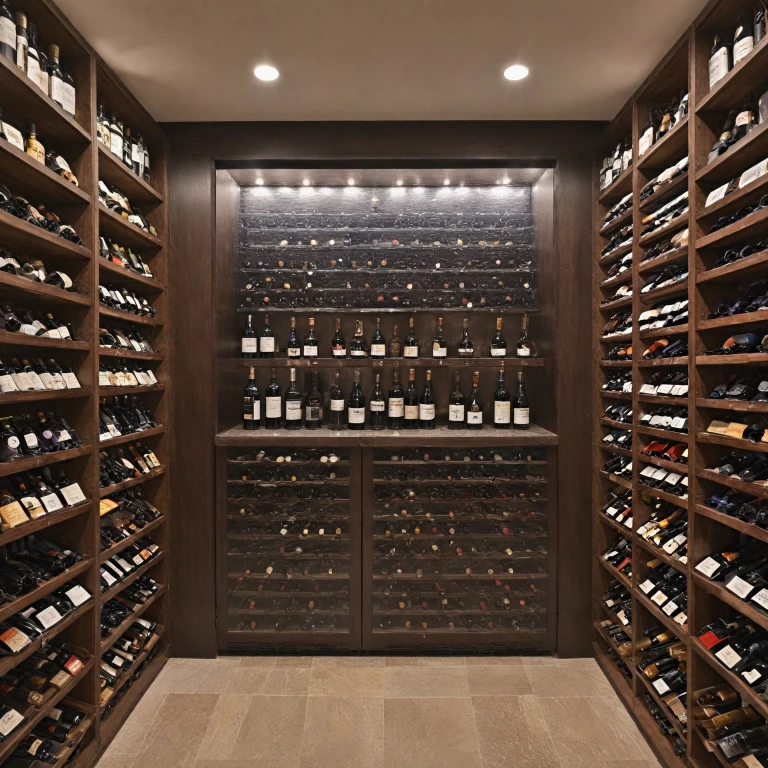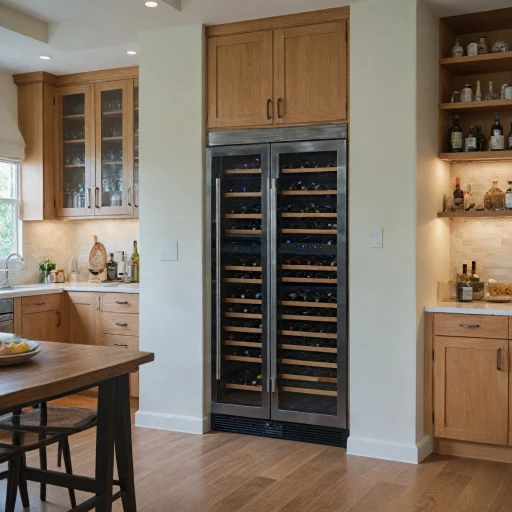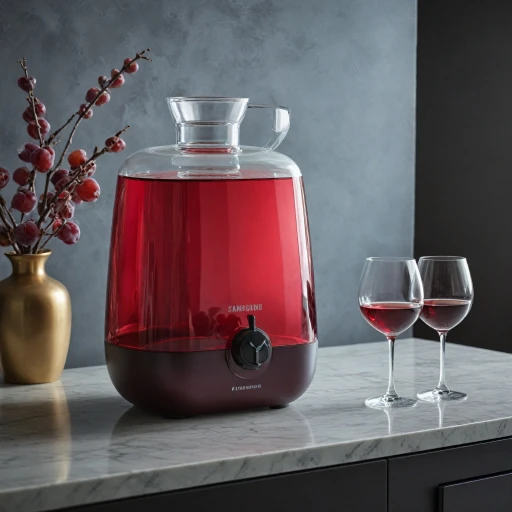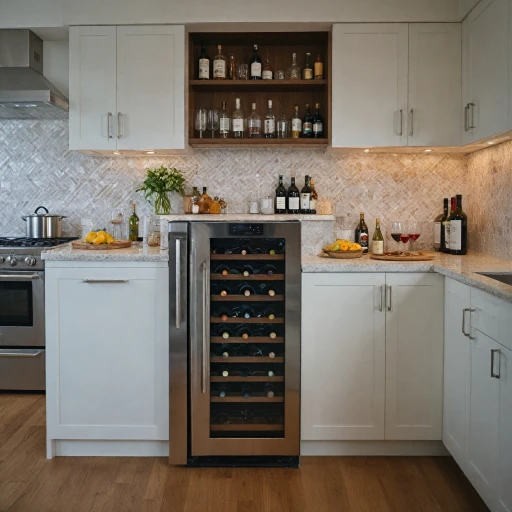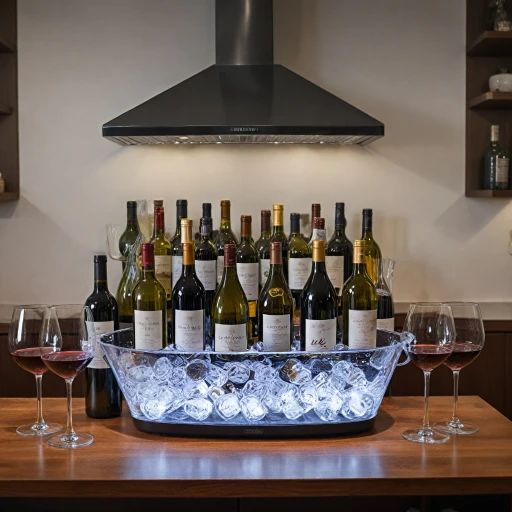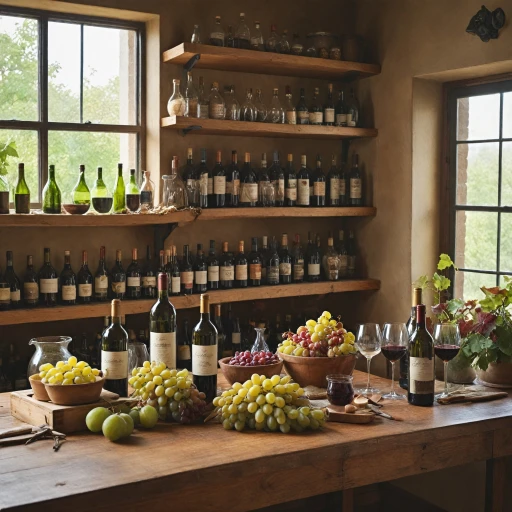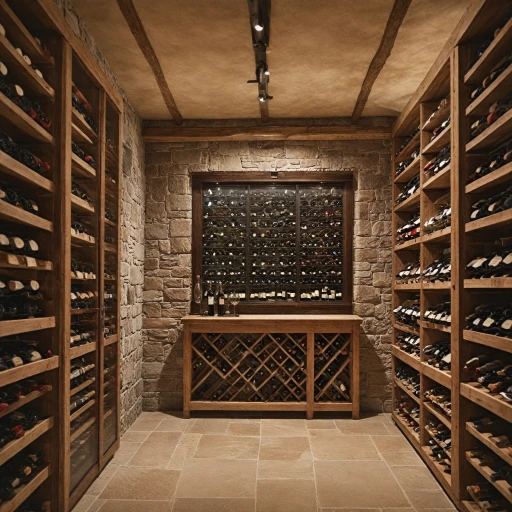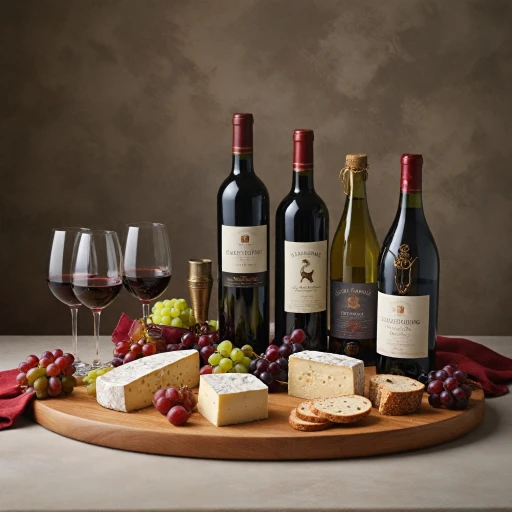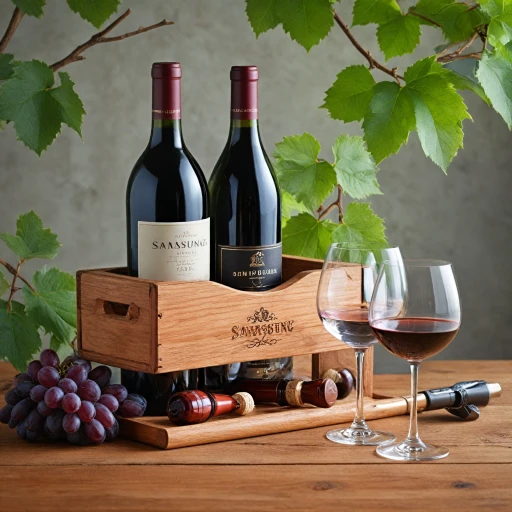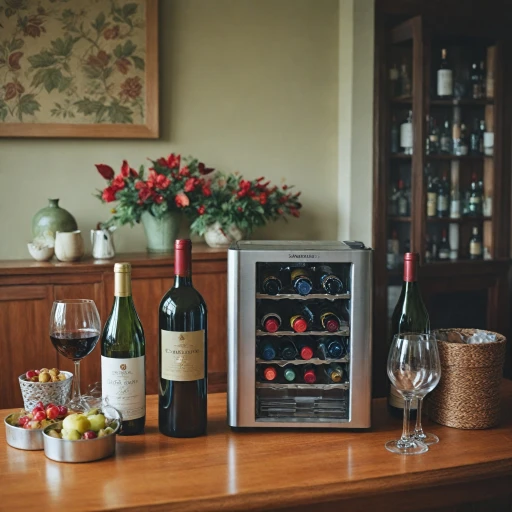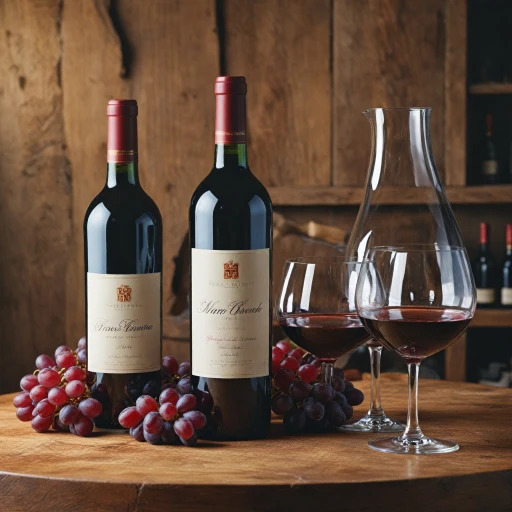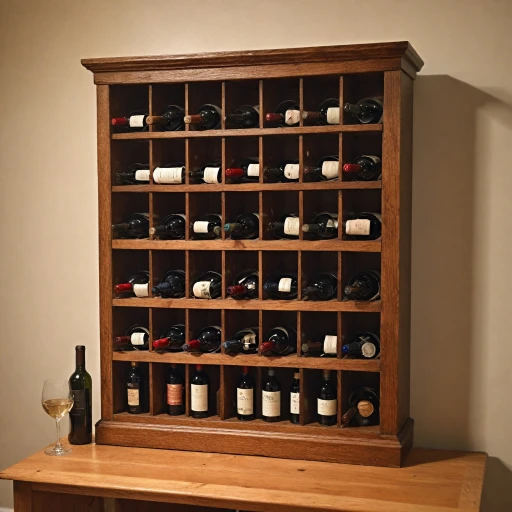
The Importance of Wine Room Cooling Units
The Need for Consistent Cooling
When it comes to preserving the quality and taste of your prized wine collection, the consistency of the cooling environment cannot be overstated. A wine room cooling system plays a crucial role in maintaining the delicate balance of temperature and humidity required to keep your wines aging gracefully. These systems are not just about keeping your wine cool; they create an optimal microclimate by managing temperature fluctuations and maintaining appropriate humidity levels.
Protecting Your Investment
Wine collections often represent a significant financial and emotional investment. High-quality cooling units, such as ductless split systems or fully ducted systems, ensure that this investment is well-protected. These units guard against the detrimental effects of heat and excessive humidity, preventing spoilage that can result from compromised corks and oxidation.
Ensuring Long-Term Storage
Proper cooling units facilitate long-term wine storage by providing the necessary conditions for wines to mature and develop their complex flavors over time. The units offer different installation configurations, including ceiling mount, wall-mounted, and contained systems, to suit specific space requirements and aesthetic preferences. With options ranging from ducted split units to portable wine cabinets, there are solutions available for every scale and type of wine storage room.
To dive deeper into creating the perfect environment for your wines, explore our post on crafting your own thermostatic wine cellar, which offers insights into the art of wine storage.
Types of Wine Room Cooling Units
Exploring Various Cooling Unit Systems for Your Wine Cellar
When considering a cooling system for your wine cellar, understanding the different types available is crucial. Each system has its strengths, and selecting the right option is key to preserving your collection's quality and longevity.- Split Systems: These are popular for their flexibility and efficiency. Split systems separate the evaporator unit from the condenser, allowing for quieter operation and better temperature control. This design is ideal for cellars where space is a concern.
- Self-Contained Units: Also known as ductless systems, these units are compact and require minimal installation. They are perfect for smaller cellars or those on a budget, though they may not provide the same level of control as split or ducted systems.
- Fully Ducted Systems: Ideal for larger wine rooms, fully ducted systems offer superior temperature and humidity control. These systems distribute air evenly throughout the cellar via ducts, ensuring a consistent environment for your wine.
- Ceiling Mount Units: Designed for modern, minimalist cellars, ceiling mount cooling units are space-saving and discreet. They blend seamlessly into the interior, maintaining the aesthetics of your wine room.
Choosing the Right Cooling Unit for Your Wine Room
Finding the Perfect Unit for Your Cellar
Choosing the right cooling unit for your wine room is essential to preserve your valuable collection. The type of cooling unit you select will largely depend on the specifications of your wine cellar, including its size, insulation, and specific storage requirements. Here, we'll discuss several factors to help you make an informed decision.
If your wine cellar is fairly compact and straightforward, a self-contained unit could be your best bet. These units are often cost-effective but consider the price and energy efficiency reviews unit before making a purchase. On the other hand, for larger spaces or those with complex layouts, split systems might be more suitable. These provide separate components for the cooling unit and the evaporator, allowing for more flexible installation options.
For wine enthusiasts looking for top-tier solutions, ductless split systems or fully ducted cooling systems might be the answer. These systems offer excellent temperature and humidity control, crucial for the proper storage of wine. They also tend to be quieter, ensuring a serene environment in the wine room.
Consider where you plan to install the cooling unit. Wall and ceiling mount options provide flexibility, especially useful for keeping the unit out of the way of wine racks and cabinets. Units like the Wine Guardian series are popular choices for their reliability and adaptability in diverse cellar designs.
Always ensure that the unit's capacity matches the volume of your cellar. Ducted and ductless systems offer varied capacities, so check the specifications carefully to avoid issues with inefficient cooling. Ultimately, the right cooling unit ensures that your wine collection remains at the perfect preservation conditions, maximizing both the enjoyment and investment in your wine enthusiasm.
Installation Considerations for Wine Room Cooling Units
Key Installation Factors for Wine Room Cooling Units
When installing a wine room cooling unit, several factors must be considered to ensure optimal performance and longevity of the system. Proper installation is crucial for maintaining the desired temperature and humidity levels in your wine cellar, which are essential for preserving the quality of your wine collection.
Location and Space Considerations
The location of your cooling unit plays a significant role in its efficiency. Whether you choose a wall-mounted or ceiling-mounted unit, ensure there is adequate space for air circulation. For ducted systems, plan the ductwork layout carefully to avoid any obstructions that could impede airflow. If opting for a ductless split system, consider the placement of both the indoor and outdoor units to maximize efficiency and minimize noise.
Power and Electrical Requirements
Before installation, verify that your wine room has the necessary electrical capacity to support the cooling unit. Most units require a dedicated circuit to function properly. It's advisable to consult with an electrician to ensure that your electrical setup meets the unit's specifications, avoiding potential power issues that could affect performance.
Sealing and Insulation
Proper sealing and insulation of your wine room are critical to the effectiveness of your cooling system. Ensure that doors, windows, and walls are well-insulated to prevent temperature fluctuations. This not only helps maintain the desired environment but also reduces the workload on your cooling unit, potentially extending its lifespan.
Professional Installation
While some may consider a DIY approach, professional installation is recommended for most wine cooling systems. Experienced technicians can ensure that the unit is installed correctly, minimizing the risk of future issues. They can also provide valuable advice on maintaining the system and optimizing its performance.
By considering these installation factors, you can enhance the efficiency and reliability of your wine room cooling unit, ensuring that your wine collection is stored under optimal conditions.
Maintenance Tips for Optimal Performance
Regular Upkeep for Longevity
Proper maintenance of your wine cooling unit is key to ensuring optimal performance. This involves a few routine practices that, when done consistently, can greatly extend the life of your cooling system.Consistent Cleaning Routines
To begin, one should regularly clean the cooling unit, particularly for ducted, ductless and split systems. Dust and debris can accumulate on the coils and within the systems, leading to reduced efficiency. Cleaning the grills and vents ensures that air circulation remains unobstructed, preserving the correct temperature and humidity levels vital for wine storage.Monitoring Temperature and Humidity
Maintain the right environmental conditions in your wine room by frequently checking the temperature and humidity levels. A reliable guardian of wine quality, the cooling unit should be inspected to ensure it is functioning correctly and keeping to desired settings.Inspection and Replacement of Components
Regularly inspect the key components of the cooling unit, such as filters, fans, and the power supply. Components that show wear and tear should be replaced promptly to avoid larger systemic issues. This is particularly important for ceiling mounts and wall-contained systems.Periodic Professional Servicing
Consider scheduling professional maintenance checks, especially for complex split and ducted split systems. Experts can perform thorough inspections and provide reviews on the unit's status, ensuring that any potential issues are addressed before they escalate. Engaging with these maintenance tips not only helps prolong the lifespan of your wine cellar cooling systems but also enhances their efficiency, keeping your wine arrangements in pristine condition, whether they are securely housed in wine racks, cabinets, or a dedicated room.Troubleshooting Common Issues with Cooling Units
Dealing with Frequent Malfunctions
Sometimes, even the best wine room cooling units run into issues that can disrupt their functionality and, ultimately, the preservation of your wine collection. Here are some common troubles you might encounter and how to handle them effectively.- Temperature Fluctuations: One of the critical issues with wine cooling units is inconsistent temperature. This can be caused by improper unit installation or a malfunction in the thermostat. Ensure that your cooling system is calibrated correctly and thermostat adjustments are accurate. Regular maintenances, like filter cleaning and checking the system for leaks, can prevent these fluctuations.
- Excessive Humidity: Maintaining optimal humidity levels is crucial since high levels can lead to mold growth, while low levels can dry out corks. Frequently check the humidity settings and sensors in your cellar cooling unit to ensure they are functioning correctly.
- Unit Not Cooling Properly: If the air output from your cooling unit is inadequate, check the air filters and vents for obstructions. A typical cause for this issue is a clogged filter or blocked ducted or ductless systems, which can impede airflow.
- Unusual Noises: Unexpected sounds from your split or ducted split system could indicate a malfunction with the motor or fan. Regular inspections for loose components or worn-out parts in the wine cooling system can prevent these problems.
- Unit Won’t Turn On: Verify that the cooling unit is correctly connected to a power source. Inspect the circuit breaker and ensure that no electrical issues are present.
